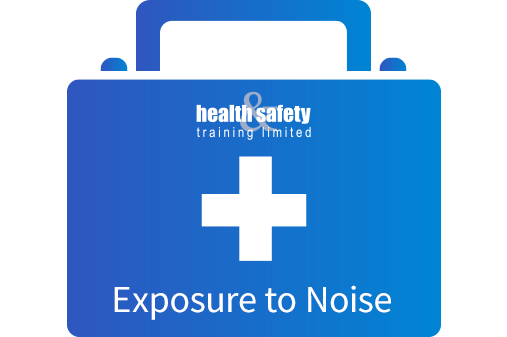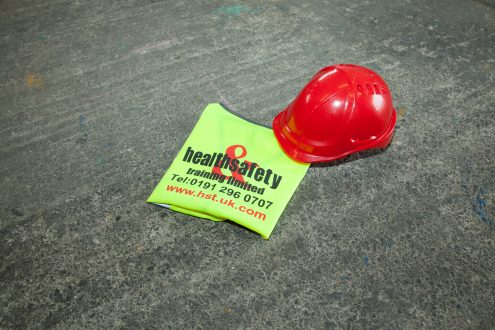The Health and Safety Kit: Exposure to Noise
 An increasing number of UK employees are suffering from hearing problems as a result of their working environment.
An increasing number of UK employees are suffering from hearing problems as a result of their working environment.
Industrial Deafness and Tinnitus
To ensure your business continues to function in line with health and safety legislation, and to help you protect your workforce from the acoustic trauma, it’s important to assess the decibel levels reached in your workplace, and implement protective measures if necessary.
The Hazards
If your workforce is consistently exposed to 80dB or more, then they are among the one million people in the UK who risk developing industrial deafness.
Construction sites, factories, bars, clubs and call centres rank amongst some of the loudest environments in which to work. And with widely-used tools such hand drills and chainsaws measuring up to 115dB, it’s easy to see how damage can occur, especially with prolonged exposure.
To put 80dB into context, normal conversation measures around 66dB, and 80db is equal to an average alarm clock or the level of noise you’d be exposed to as a lorry drives past.
Tinnitus, a common condition that currently affects around 10% of the UK population, is often a result of exposure to noise at work. Tinnitus can be described as hearing a sound, such as ringing or humming, from within the body.
While most people learn to live with tinnitus, it can impact on day-to-day life by affecting concentration, causing sleep problems and can even result in depression.
If the cause of tinnitus can be established it can often be effectively treated, however in more extreme cases of audio trauma, hearing can be lost altogether.
The Law
As a responsible business owner, it is essential that you familiarise yourself with the relevant legislation in place to protect employees from suffering acoustic trauma.
The Control of Noise at Work Regulations 2005 (Noise Regulations 2005) states that employers must ‘prevent or reduce the risks to health and safety from exposure to noise at work’.
Your Responsibilities
Protecting employees from acoustic trauma can mean anything from simply providing appropriate ear protection, to altering the layout of your workplace to minimise noise levels.
Some precautions you should consider if you operate a noisy working environment include:
- The provision of hearing protectors to employees exposed to excessive noise
- Regular maintenance of hearing protectors, PPE and safety equipment
- Training to ensure your employees understand when to use hearing protection and how to use it correctly
- Signage to identify areas where the use of hearing protection is compulsory
- Allowing staff time for their ears time to recover if exposure to loud noise cannot be avoided – This means 16 hours of quiet if they are exposed to 100dB of noise, so no double shifts!
As an employer it is your duty to protect staff from sustaining acoustic trauma in the workplace. The simplest way to do this, while protecting yourself from any possible legal action, is to provide adequate training to ensure they can recognise noise risks and know how best to protect themselves.
Simply get in touch with the team at Health and Safety Training Ltd to find out more. We can provide risk assessment training, as well occupational health and safety training courses for your managers and staff that will provide the information they need to stay safe.
The Health and Safety Kit: Forklift Safety What are the different types of plant machinery?





